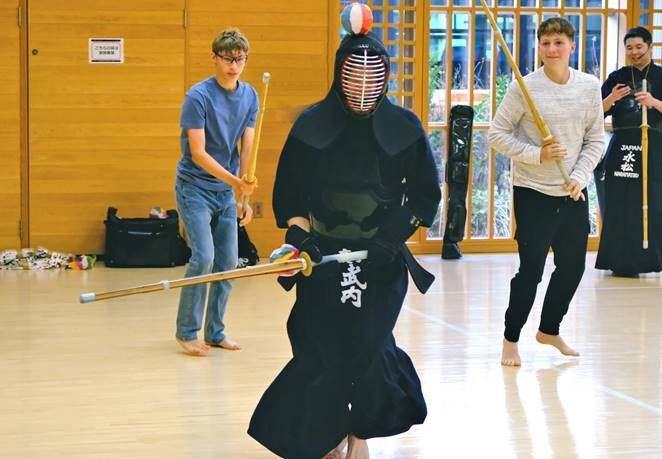Think you know your flags?
- SEE Team

- Mar 8, 2024
- 3 min read
Updated: May 31
While these common features reflect shared cultural legacies and historical connections among Asian nations, each flag also integrates distinctive elements and symbolism specific to its respective country’s history and culture.
Cambodia Flag

For a nation with such a tumultuous past, Cambodia’s national flag hasn’t changed all that much. The initial design of 1863 bears many similarities to the current reincarnation first introduced in 1945. In the 1860s, Cambodia opted to be a French protectorate to defend the country against its neighbour Thailand (then Siam).
As a French protectorate, Cambodia lost many of its rights to France and even more land to Thailand. It was during the Japanese occupation on 9th March 1945 that Cambodia proclaimed its independence. Shortly after, in 1948, the Cambodian flag as we know it was born.
Over the coming decades, Cambodia was to face some of its darkest days in history; a war in neighbouring Vietnam destabilised the region, which led to the Chinese-funded Khmer Rouge taking control of the country. The Khmer Rouge were not only to try to reset history as they saw it but act even more extreme.
When the Khmer Rouge was finally ousted in 1978, a transitional UN-style flag was used until eventually in 1993 Cambodia re-adopted its 1948 independence flag.
Cambodia Flag Fun Fact:
The flag of Cambodia is one of only six state flags in the world to feature a building in its design – The temple of Angkor Wat. The other countries are Afghanistan, Bolivia, Portugal, San Marino and Spain. The emblem at the Cambodian flag’s heart makes this national banner immediately recognisable to anyone with a passing interest in Cambodia or the region.
South Korean Flag
At the heart of the flag of South Korea is the red and blue Taeguk symbol, similar in design to a Yin and Yang symbol, this emblem has been an essential Korean symbol for centuries. The Taeguk is surrounded by four ‘palgwae’; traditional Taoist symbols represent essential natural elements and harmony.
Each symbol has a variety of meanings in traditional Korean and Taoist culture. The northern region of Korea (what is today North Korea) adopted the Taeguk symbol as its royal standard in 1856, Whilst under Japanese rule, Korea was considered a protectorate and so had no official national flag.

In the aftermath of the Second World War, the Taegukgi was settled as the national flag for the newly established Republic of Korea. The modern iteration of the flag was agreed in 2011, officially defining a slightly lighter blue for the Taeguk. Today, a stylised version of the Taeguk is used as the official government logo.
Myanmar Flag
In Myanmar, the peacock was the central emblem, introduced in 1757 by King Alaungpaya. The peacock, symbolic of the sun and Buddhism, was also said to stand for happiness and unity. After over 60 years of colonial rule by the British (1886–1948), nationalist forces wishing to end British rule re-adopted the symbol of the peacock on a white flag.
In 1948 Britain recognized the independence of Burma. The national flag adopted then, based on the banner of the resistance forces, was red with a dark blue canton bearing one large white star and five smaller ones—the latter stars symbolizing the union of the country’s Burman, Karen, Shan, Kachin, and Chin ethnic groups.

In 1988, following the establishment of a new military government, the name of the country was changed from Burma to Myanmar; leading to the adoption of a new national flag. The new design harkened back to the 1943 yellow-green-red tricolour, but instead of the peacock used on the earlier standard, a white star was set in the centre of the flag. The flag was first hoisted on October 21, 2010.
After a landslide victory in 2015, Myanmar’s National League for Democracy (NLD) party won an election defeating the ruling military Junta and adopting once again, the symbol of a fighting peacock. Since then, however (as of 2024), sadly the NLD Party has been dissolved by the military Junta, who presently hold power.
Bhutan Flag

The Bhutan flag is one of the more vibrant and beautiful flags of the world out there, using contrasting orange and yellow that meet in the middle at a detailed white dragon. The flag of Bhutan reflects the country´s name in the local language (Druk Yul), which means “country of the thunder dragon”. Yellow colour refers to the secular side of life, whereas orange indicates the strength of the Buddhist religion in the country. The dragon is pictured grasping jewels in its claws, standing for national wealth and for perfection.


